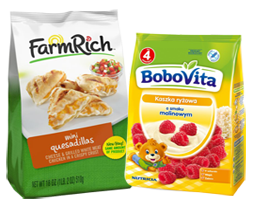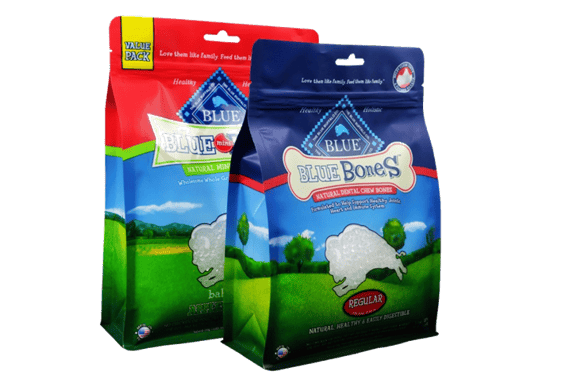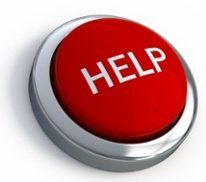A new Global Packaging Trends report from PMMI, The Association for Packaging and Processing Technologies, reveals consumer trends are shifting, and those who make purchasing decisions for their households are focusing more attention on a product's packaging.
There are several key factors causing a shift in consumer behavior and the world of packaging, which include:
- Increased awareness of health and wellness
- More attention on recycling and the environment
- Rising disposable income
- More purchasing power
It should come as no surprise that both human and environmental health are top of mind for many of today’s active, informed customers. We live in a world where ideas and news can be shared at lightning speed and read at the touch of a button. Brands today will have a tough time trying to deceive or confuse consumers with misleading claims or vague information on their product’s labels. That’s why packaging is so important for producers and consumers alike – it is the first thing people see in stores, and it serves to open lines of communication between the manufacturer and the end user.

Not only do brands need to pay closer attention to the text and graphics on their packaging to avoid a lawsuit, recall, or disengaged consumer base, they also need to take time to consider the structural components of their product’s container. One of the top complaints about packaging today is the amount being used per product. People don’t want to deal with a bag or box that is difficult to open and results in a ton of excess waste. As more consumers actively participate in their community’s recycling programs, purchasing products that are encased in environmentally friendly packaging has become a top priority.
Flexible packaging is really taking off as a response to changing consumer demand.
Smaller, recyclable containers made from multiple layers of laminated barrier film produce less trash and can be tossed in recycling bins with other common plastic products. A wide range of companies, from coffee to cereal and even pet products, are switching to flexible box bags as a more efficient solution for packaging goods that stand upright on shelves. These types of flat bottom bags mimic the shape of a box but are flexible, difficult to tear or break, and they can be reclosed much easier than your standard cardboard box with a flimsy plastic bag inside. This helps products maintain a longer shelf life and produces significantly less trash.
The aforementioned report also states plastic remains the most popular type of packaging, so making the switch away from cardboard boxes – or even aluminum cans, glass bottles, or paper cartons – is a wise move for brands who want to establish themselves as modern, efficient, and forward-thinking. Flexible packaging is maintaining sustained growth, spearheaded by solutions like stand up pouches and flat bottom bags. This type of packaging stands vertically on shelves, utilizing all sides of the container to boldly display required labels, brand logos, graphics, and highlighted nutrition and environmental information that catches consumers’ attention. If your brand wants to maintain its longevity and keep on top of shifting consumer interests and trends, embracing flexible box bags and other forms of pliable, structurally sound packaging is the way to go.
Related Posts:







